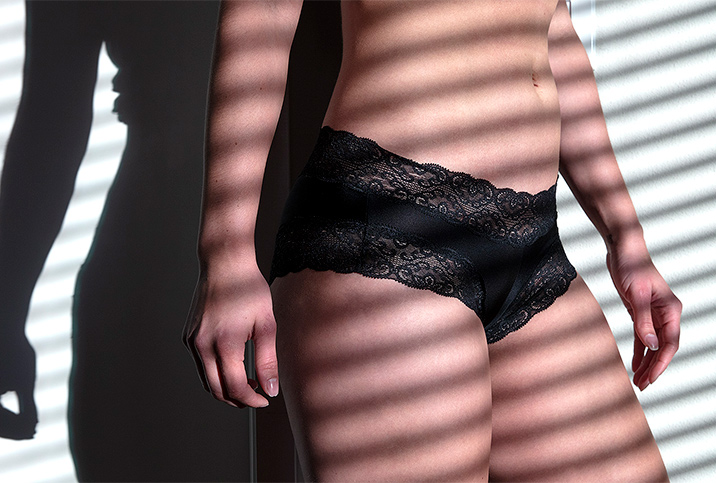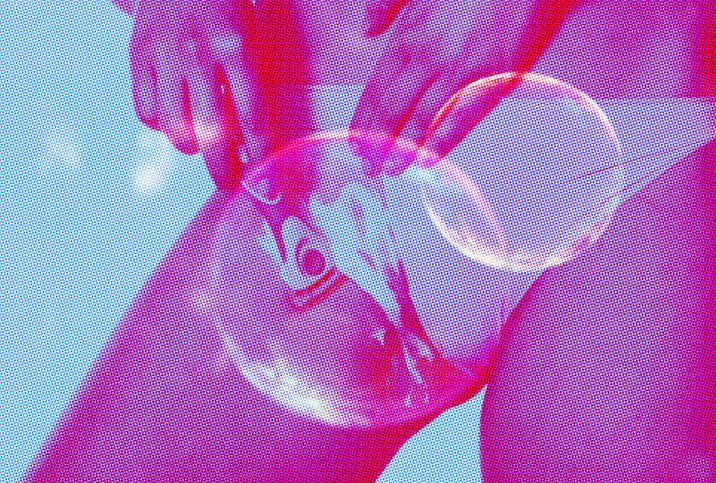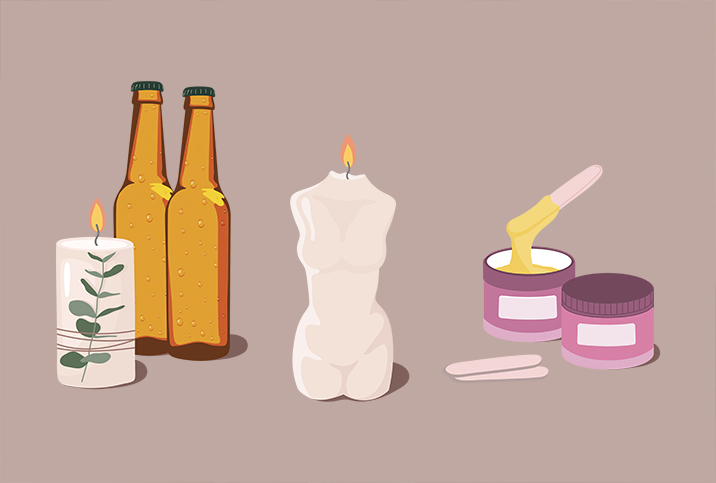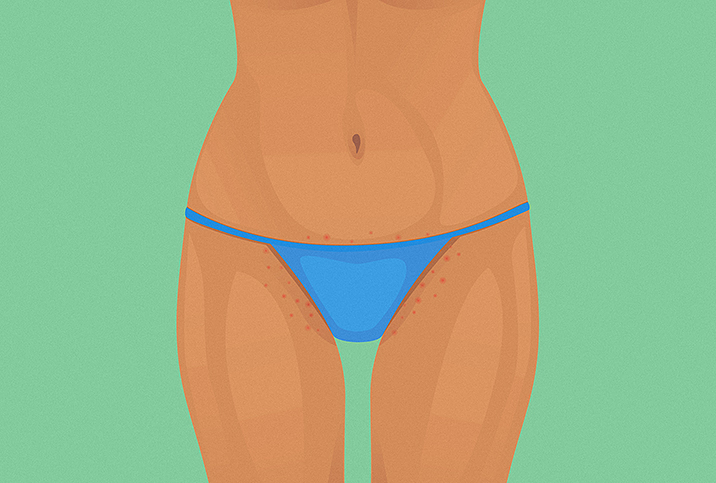Grooming for Women

Skincare and hair care practices have been around since humans were drawing images on cave walls. In 3000 B.C., wealthy women spent several hours a day applying makeup to look better and protect their skin.
In the early 1900s, the cosmetic industry as we know it began developing, and during this turn-of-the-century period, fashion, women's magazines and other industries began promoting modern hair removal, while clothing styles became more revealing, showing women's legs and arms. The men's hair removal industry jumped on this chance to expand into a new market, creating products specifically for women. By World War I, hairless legs and underarms were a necessity, and after WWII, the bikini set the stage for trimming pubic hair as well.
As fashions and trends continue to evolve, women have adopted a wide variety of grooming practices. If it's been a while since you've evaluated your routine, consider the following dos and don'ts for your overall health, beauty and well-being.
Skin care
Whether or not you have time for an intensive skincare regimen, there are steps you can take to protect your skin and reduce the signs of aging.
Limit the sun on your face and hands. Although you need sensible sun exposure for adequate levels of vitamin D, your face and hands are chronically overexposed each day. Use SPF 30 on your face and hands to reduce the signs of skin aging. Consider makeup with sunscreen, and don't forget to use sunglasses to protect your eyes and reduce the appearance of those fine lines from squinting.
Moisturizing is the name of the game. Apply moisturizer when your skin is wet from a shower or when cleaning your face before bedtime. Avoid products and lotions with fragrances since they can irritate your skin. Stay hydrated by drinking enough water each day, so your urine is a light straw color. The amount you need may change each day based on your diet and exercise, so this color test is the best measure.
Include more omega-3 fatty acids in your diet. Fatty acids keep skin hydrated and healthy, and they're found in many delicious foods, such as salmon, herring, trout and canned, light tuna. Additionally, you'll find them in brussels sprouts, leafy green vegetables, walnuts, pumpkin, chia, hemp or flax seeds.
Keep your hands away from your face. Putting your hands on your face can spread viruses and bacteria, increasing your risk of breakouts, illness and even wrinkles.
Pay attention to your diet. Although many people don't get enough omega-3 fats, many eat more than enough omega-6 fats. Both are crucial to good health with moderation. Omega-6 is plentiful in vegetable oils, peanut butter and fast foods, to name a few. Eat a diet rich in whole foods and try to keep processed and ultra-processed foods to a minimum.
Steer clear of sugar. Sugar increases the release of insulin, and therefore, inflammation. Inflammation breaks down collagen fibers that cause your skin to lose strength and flexibility. In other words, it can speed up signs of aging.
Find ways to manage stress. During stress, your body releases cortisol, a hormone used in the body's innate fight-or-flight response. In a short-term stress response, cortisol can help save your life. However, chronic stress can put your cortisol secretion into overdrive, which increases the production of oils in the skin and may increase your risk of breakouts.
Avoid pollution. Air pollution and toxins are damaging to your skin. While you can't control the air pollution in your local area, it's best to stay inside on high pollution days. Pollution from cigarettes, cigars, pipes and vaping also releases free radicals that increase the breakdown of collagen and elastin in your skin.
Clean your makeup brushes regularly. In addition to the build-up of old makeup, your brushes may accumulate layers of dust, bacteria, skin cells and sweat. You can fight bacterial skin infections, breakouts and clogged pores by washing makeup brushes regularly.
Body hair
To shave or not to shave? Or perhaps to wax? These are all personal preferences, and there is no health benefit to removing underarm hair, pubic hair or any other body hair. Those hair follicles all over your body protect the skin and help it heal.
The number of women grooming their pubic hair is rising—most than 80 percent of American women according to a 2016 JAMA Dermatology study—and many other women are giving in to external pressures to do so.
In one survey of 3,316 women, 60 percent said they shaved, waxed or trimmed pubic hair. The survey team's past work had shown grooming pubic hair could increase the risk of lacerations, some of which resulted in a visit to the emergency room. Grooming may also increase your risk of sexually transmitted infections. In another study of women ages 18 to 65 years, the researchers found a relationship between women who reported grooming their pubic hair and having a sexually transmitted illness. The same was true in a second study of women at a large Midwestern university, where pubic hair grooming was more prevalent in women with gonorrhea and chlamydial infections.
Body hair removal tips and tricks
If you've decided less body hair is what you're interested in, carefully weigh all the options to factor in: time, expense, risks, benefits, discomfort and results.
Shaving at home is the first option and the simplest. Here are several tips to lower the potential for skin irritation or injury:
- While shaving pubic hair, use a hand mirror so you can see where you're shaving and to avoid cutting your genitals. You can help soften the skin and pubic hair before you shave by soaking in the tub for 5 minutes.
- Be sure to use a sharp razor or scissors. Never start cutting or shaving with a dull instrument, as this increases the risk of injury. Trim as much of the hair with scissors as possible before you begin shaving.
- Hold the skin tightly with one hand while you shave with the other. Don't apply too much pressure because you increase the risk of getting cut or giving yourself razor burn. While you shave against hair growth under your arms or on your legs (i.e., in the opposite direction of the way your hair grows), down there you'll want to slowly shave in the same direction that the hair grows.
- Once you're done, rinse with warm water, pat dry, and apply a lotion with aloe vera or coconut oil to soothe the skin. Don't use scented products because the fragrance can irritate and sting your skin. After shaving, if you get a rash or red bumps, soak in a warm tub, pat the skin dry and apply a fragrance-free lotion. Stop shaving until the bumps and redness go away. If bumps or a rash do not disappear within a week, see your primary care provider as you may have developed an infection in the hair root.
Shaving requires fairly constant upkeep—every few days—so you may want to consider options with longer-lasting results. You can get a cream hair remover, also called a depilatory, at any drugstore and simply follow the instructions. Keep in mind, however, that not all products are safe for use in the genital area or around the bikini line. Read the product label first and follow the directions exactly.
Waxing can be painful because the hair is pulled out by the root but is another option. With waxing, the hair grows back more slowly. It is safest to have this done by a professional at a salon or spa because you can get burned if the wax is too hot.
Two other options are laser hair removal and electrolysis. A board-certified dermatologist or cosmetic surgeon uses a strong beam of light to destroy the hair follicle in laser hair removal or a needle electrode to permanently remove the hair at the root in electrolysis.
Whatever grooming and skincare choices you make—whether you're 22 or 62—don't make your decision based on peer pressure. Just because a friend is getting waxed doesn't mean you have to. Just because you're dating doesn't mean your intimate areas have to look a certain way. Only you really know what will be safe and make you feel good.


















